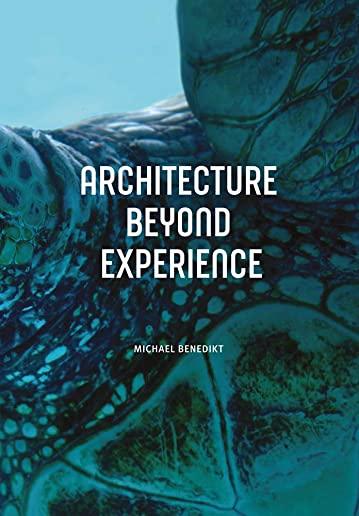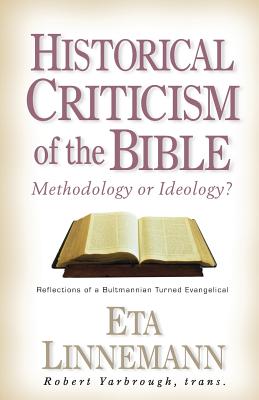
description
1Architecture Beyond Experience is a work in the service of one goal: the bringing about of a more relational, "posthuman" and yet humanist strain in architecture. It argues against the values that currently guide much architectural production (and the larger economy's too), which is the making, marketing, and staging of ever more arresting experiences. The result, in architecture, is experientialism: the belief that what gives a building value, aside from fulfilling its shelter functions, is how its views and spaces make us personally feel as we move around it. The book argues that it's time to find a deeper basis for making and judging architecture, a basis which is not personal-experience-multiplied, but which is dialogical and relational from the start. It uses the word relational to describe an architecture that guides people in search of encounter with (or avoidance of) each other and that manifests and demonstrates those same desires in its own forms, components, and materials. Buildings are beings. When architecture, they teach as well as protect; they tell us who we were and who we want to be; they exemplify, they deserve respect, invite investment, and reward affection. These are social-relational values, values that both underlie and go beyond experiential ones (sometimes called "phenomenological"). Such relational values have been suppressed, in part because architects have joined the Experience Economy, hardly noticing they have done so. Architecture Beyond Experience provides the argument and the concepts to ultimately re-center a profession.
member goods
No member items were found under this heading.
listens & views

DISCO LOVE: RARE DISCO & ...
by DISCO LOVE: RARE DISCO AND SOUL UNCOVERED / VARIOUS
VINYL LPout of stock
$27.49
Return Policy
All sales are final
Shipping
No special shipping considerations available.
Shipping fees determined at checkout.






